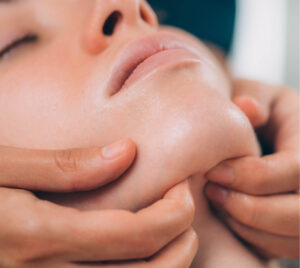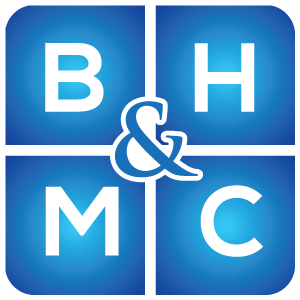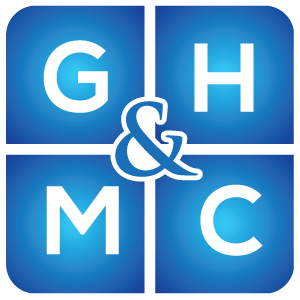
Jaw dysfunction, particularly temporomandibular joint dysfunction (TMD), can be a significant factor in the development of headaches.
To grasp this connection, it’s essential to understand the structure of the jaw and how issues with the temporomandibular joint (TMJ) can lead to discomfort.
What is TMD?
TMD encompasses various problems affecting the TMJ, where the jawbone meets the skull.
When this joint is out of sync, it can cause pain not only in the jaw but also in the face, neck, and head, often resulting in tension-type headaches (TTH).
Key Signs of TMD
Here are some common indicators of TMD that can disrupt daily life:
- Jaw Pain or Tenderness: Pain in the jaw joint or surrounding muscles is often the most noticeable symptom. This discomfort can vary and may intensify with certain movements.
- Clicking or Popping Sounds: Many individuals with TMD experience noticeable sounds when opening or closing their mouths. These noises can occur with or without accompanying pain.
- Restricted Jaw Movement: Difficulty fully opening or closing the mouth is a common issue, making tasks like eating and speaking more challenging.
- Headaches: Studies indicate that those with TMD are more prone to tension-type headaches. This is often due to the interconnected nature of jaw muscles and the pathways that transmit pain.
- Facial Discomfort: Some may experience pain or discomfort in the face, particularly around the cheeks and temples.
- Ear-Related Symptoms: Issues like ringing in the ears (tinnitus) or a sensation of fullness in the ears can sometimes accompany jaw dysfunction.
Recognising these symptoms is crucial for seeking appropriate care. If you’re experiencing any of these signs, it’s a good idea to consult a healthcare professional for guidance.
How Physiotherapy Can Make a Difference
 Physiotherapy can provide effective strategies for managing TMD and associated headaches.
Physiotherapy can provide effective strategies for managing TMD and associated headaches.
Typically, treatment starts with a comprehensive assessment of the jaw, neck, and posture. Here are some techniques that physiotherapists may use:
- Manual Therapy: Hands-on techniques, such as joint mobilisation and soft tissue manipulation, can help alleviate muscle tension and enhance joint function.
- Targeted Exercise Programs: Physiotherapists create tailored exercises to strengthen jaw muscles, enhance flexibility, and improve movement patterns.
- Postural Education: Helping patients maintain good posture can significantly reduce strain on the jaw and neck, leading to fewer headaches.
- Stress Relief Strategies: Incorporating relaxation techniques, such as deep breathing exercises, can effectively lower stress levels, a major factor in both TMD and TTH.
Conclusion
Understanding the role of the jaw in tension-type headaches is vital for effective treatment. Physiotherapy offers a comprehensive approach to addressing TMD, helping to alleviate pain and enhance overall well-being.
If you’re dealing with symptoms of TMD or TTH, consider reaching out to our experienced clinicians at Sydney Headache and Migraine Clinic for personalised treatment options.
Written by:








